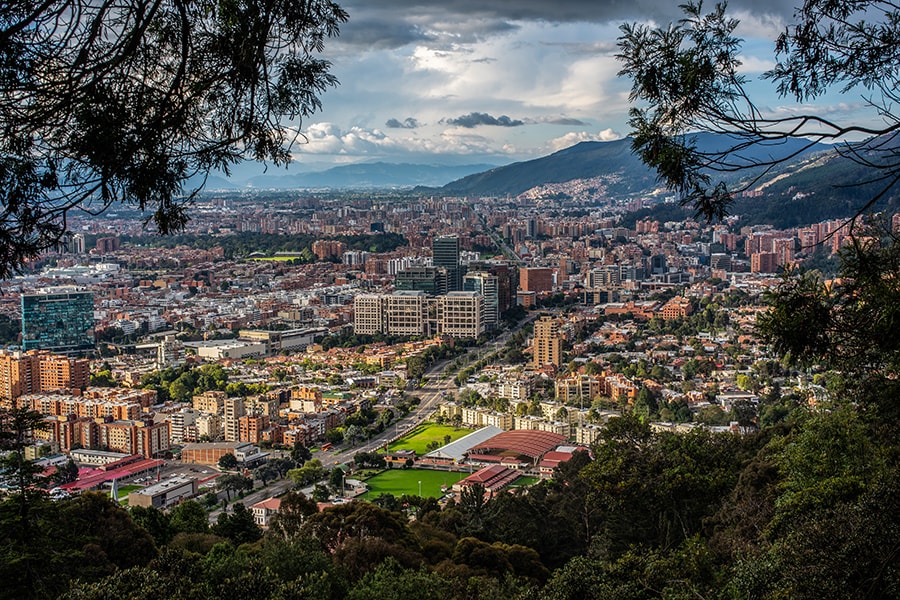
To beat the virus, Colombia tries separating men and women
Colombia has about 3,000 of Latin America's cases, most of them concentrated in Bogotá. Some countries in the region have begun arresting quarantine-breakers. Others have instituted curfews. Colombia's capital is trying gender separation
 Bogota, Colombia, during a mandatory isolation period to prevent the spread of the coronavirus, April 4, 2020. Colombia’s capital and largest city, joined Panama this week in instituting a gender-based virus-prevention measure designed to limit the number of people in the streets: on odd-numbered days, men can leave the house to seek out essentials, on even-numbered days, it’s the women’s turn. (Federico Rios/The New York Times)
Bogota, Colombia, during a mandatory isolation period to prevent the spread of the coronavirus, April 4, 2020. Colombia’s capital and largest city, joined Panama this week in instituting a gender-based virus-prevention measure designed to limit the number of people in the streets: on odd-numbered days, men can leave the house to seek out essentials, on even-numbered days, it’s the women’s turn. (Federico Rios/The New York Times)
BOGOTÁ, Colombia — So many men. Men at the bakery, men on bikes, men in parks, men in the grocery aisles.
“It’s weird,” said Adriana Pérez, a nurse in scrubs waiting at the bank, the only woman in sight. “But it’s working.”
Bogotá, Colombia’s capital and largest city, joined Panama this week in instituting a gender-based virus-prevention measure designed to limit the number of people in the streets. On odd-numbered days, men can leave the house to seek out essentials. On even-numbered days, it’s the women’s turn.
The measure comes as cities across Latin America are struggling to keep people off the streets, despite quarantine orders that have been in places for weeks in most countries.
The virus has been slower to hit the region, but it is starting to be felt with brutal force in some parts, particularly in Ecuador, where hundreds of people have died in recent weeks, overwhelming the business hub of Guayaquil.
©2019 New York Times News Service




